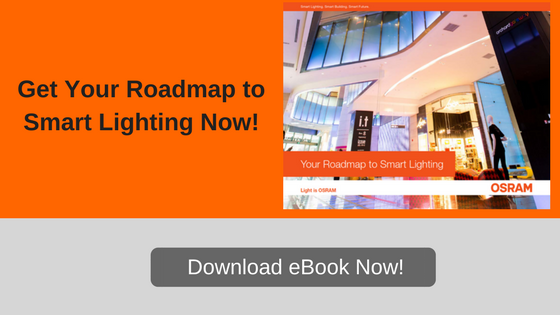The WELL Building Standard: The Future of Modern Design
 The WELL Building StandardTM (WELLTM) is aimed at advancing building concepts that help people work, live, perform and feel their best. It is an evidence-based, science-backed rating system that puts people at the center of design decisions by measuring, certifying and monitoring aspects of the built environment as they impact occupants. WELL is considered the future of modern design.
The WELL Building StandardTM (WELLTM) is aimed at advancing building concepts that help people work, live, perform and feel their best. It is an evidence-based, science-backed rating system that puts people at the center of design decisions by measuring, certifying and monitoring aspects of the built environment as they impact occupants. WELL is considered the future of modern design.
Sustainability has traditionally focused on improving environmental effects of buildings, especially energy efficiency. WELL takes sustainability to the next step and focuses on improving the health and wellness of people as well as helping those companies which aim to increase employee productivity and engagement, lower absenteeism, and potentially reduce health care insurance costs.
Launched in October 2014 after six years of research and development, the standard has grown to encompass more than 850 projects with over 158 million square feet across 33 countries around the world. Source: International WELL Building Institute.
Seven Concepts within the WELL Building Standard
WELL sets performance requirements in seven concepts (categories): Air, Water, Nourishment, Light, Fitness, Comfort, and Mind. Within each of these seven concepts, WELL identifies the key issue that affects humans, the interventions or requirements established by WELL to address the issue, and the impacts the intervention can have on the human population.
Requirements, at a high level, for each WELL core concept are
- Air: Reduce or minimize sources of indoor pollution
- Comfort: Optimize indoor environments (thermal, acoustic, ergonomic, olfactory)
- Fitness: Support an active lifestyle and discourage sedentary behaviors
- Light: Minimize disruption to the body’s circadian system, enhance productivity and support good sleep quality
- Mind: Optimize cognitive and emotional health using design, technology and treatment strategies
- Nourishment: Limit highly-processed foods, support availability of fresh and wholesome foods and support mindful eating
- Water: Proper filtration techniques and regular testing
According to the IWBI’s website, “Many features intended to improve health are supported by existing government standards or other standard-setting organizations. Some features are intended to change behavior through education and corporate culture, providing, for example, information and support for making positive lifestyle choice.”
WELL and Lighting
WELL Light concept guidelines are designed to minimize disruption to the human body’s circadian system as this can affect productivity and sleep quality. The guidelines also aim to enhance visual acuity. Light concept features that can be addressed to help meet the standard include Right to Light, Visual Lighting Design, Circadian Lighting Design, and Daylight Modeling, among others. As an example, the ‘Right to Light’ feature promotes exposure to daylight and views of varying distances by limiting how far workstations can be from a window or atrium. The background of the ‘Right to Light’ feature (#61) is that exposure to adequate levels of sunlight is critical for health and well-being, with effects ranging from visual comfort to possible psychological and neurological gains. Source: IWBI website.
Implementing LED lighting and an intelligent lighting system can be vital to comply with the standard. Advanced lighting systems provide the necessary flexibility required to meet WELL’s detailed lighting requirements. Smart lighting strategies such as task tuning and daylight harvesting can help manage brightness strategies and daylight preconditions.
Getting Started
The WELL Building Standard is spearheaded by the International WELL Building Institute (IWBI), an organization leading the global movement to transform buildings and communities in ways that help people thrive. The WELL Building Standard is designed to complement and work seamlessly with green building ratings such as Leadership in Energy and Environmental Design (LEED). In fact, WELL is third-party certified by the Green Business Certification Incorporation (GBCI), which administers the LEED building certification program and professional credentials. The WELL Accredited Professional (WELL AP) credential, almost 3,000 strong globally, denotes expertise in the WELL Building Standard and a commitment to advancing human health and wellness in buildings and communities.
Certification Process
WELL Certification begins by registering your project through your WELL account on wellcertified.com. This platform manages the entire certification process. Documentation submission is required before certification as well as a series of post-occupancy performance tests, a process known as performance verification. Once successful documentation for all features and passed performance have been verified, WELL Certification will be recognized. Re-certification is required after three years.
Topics: Human Centric Lighting, Trends, Sustainability

.png)
